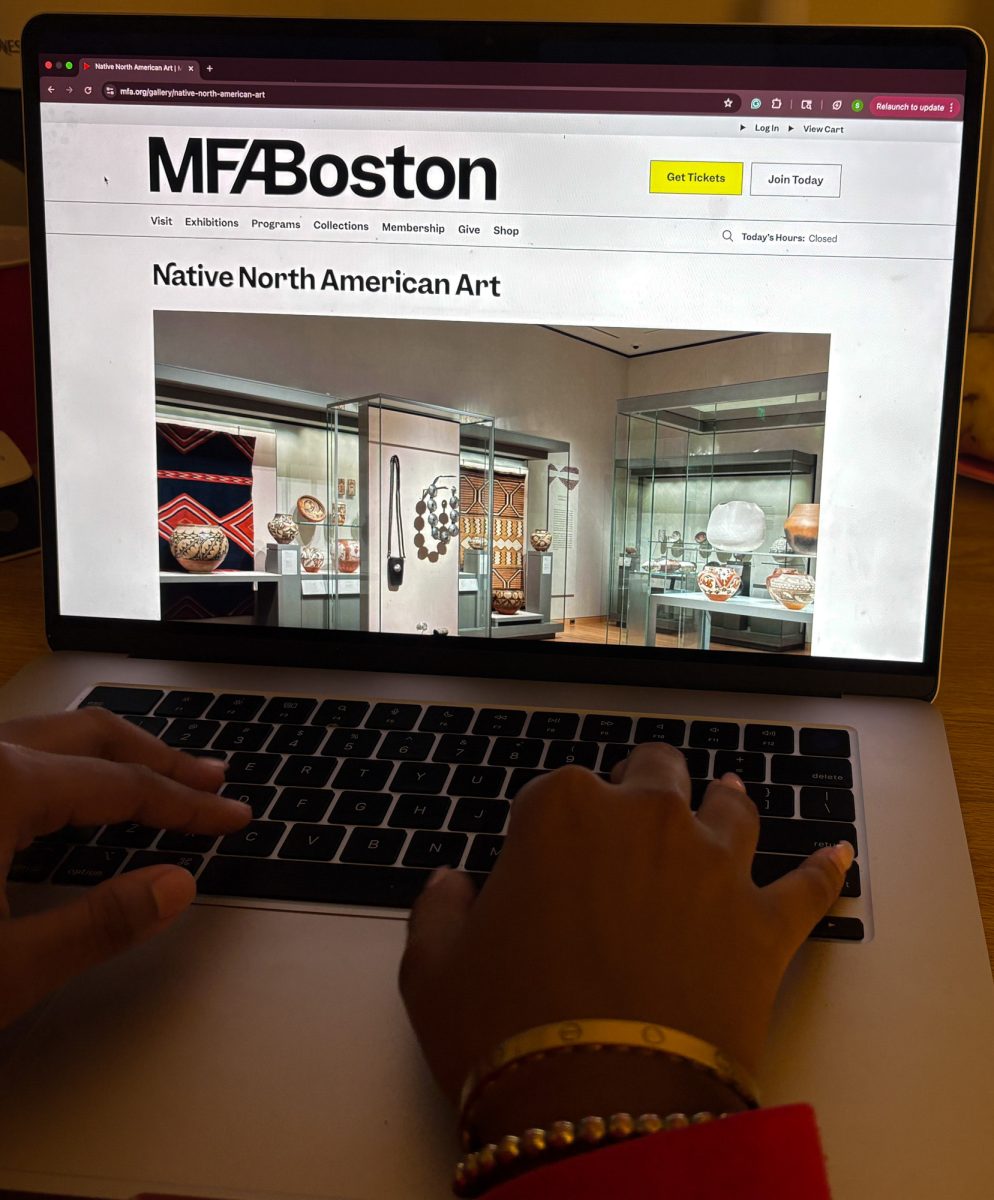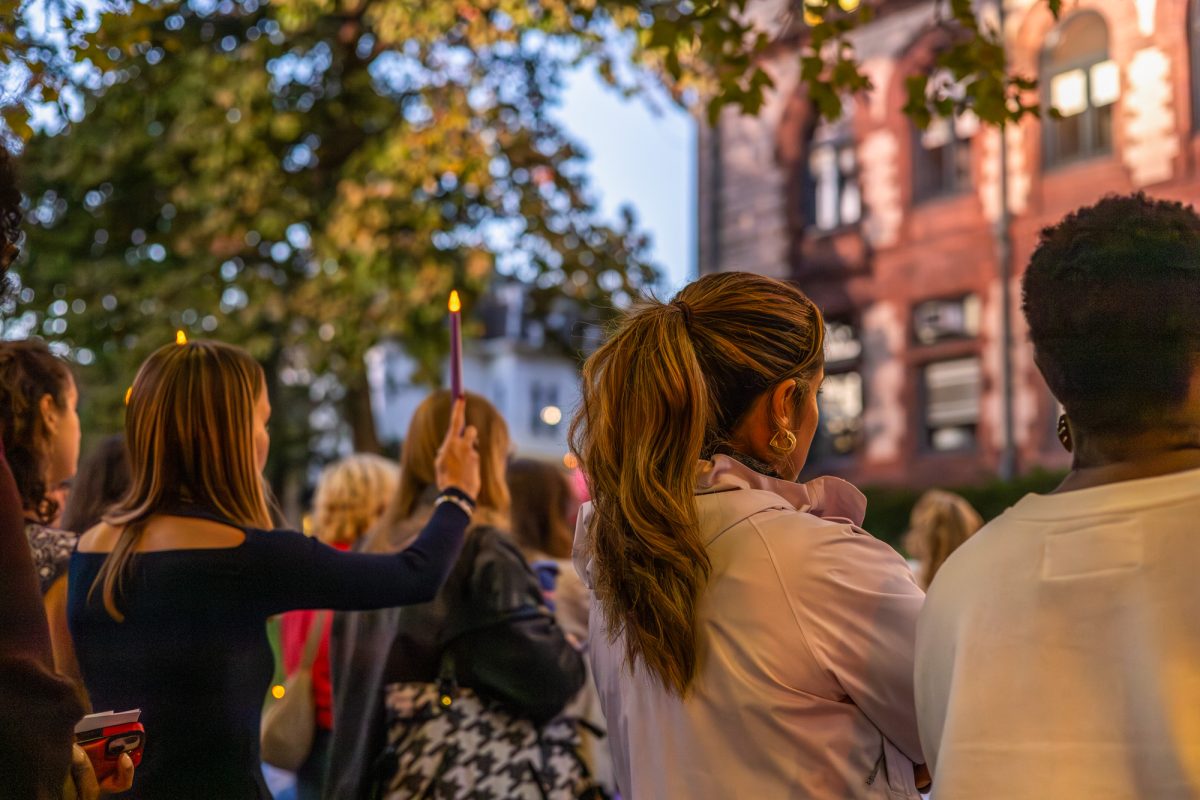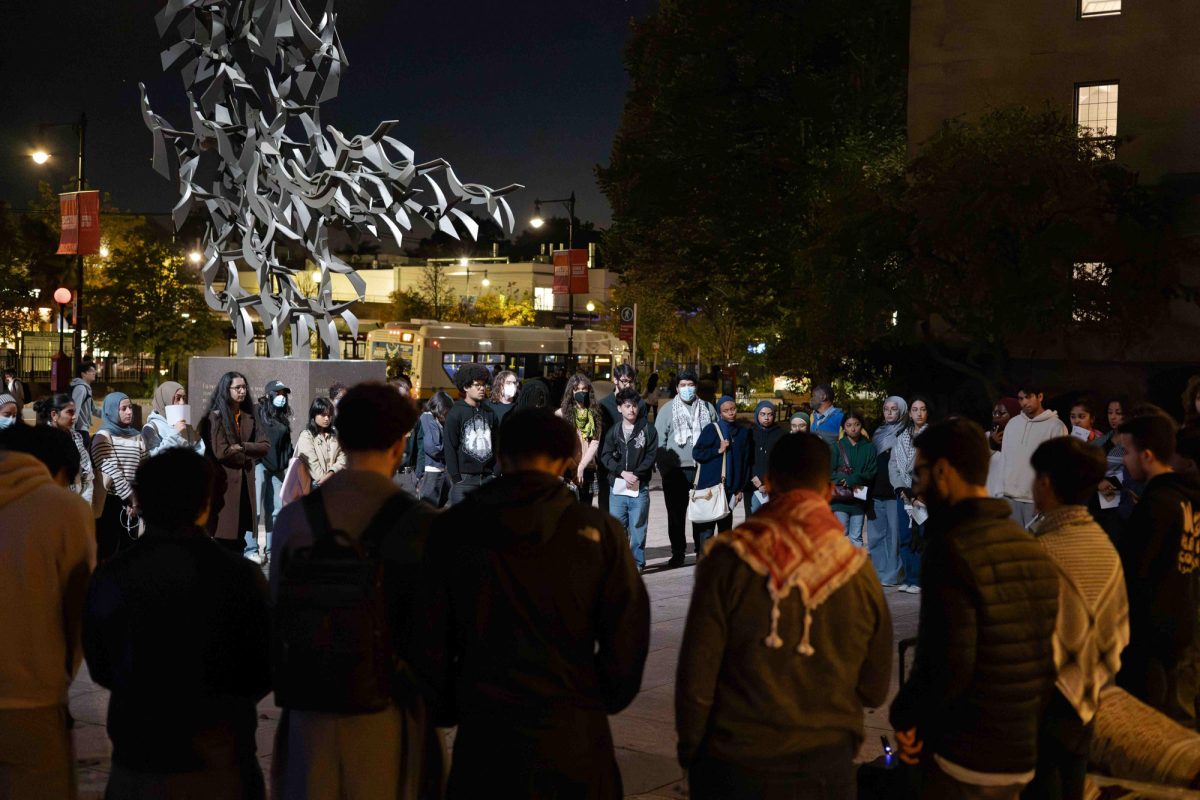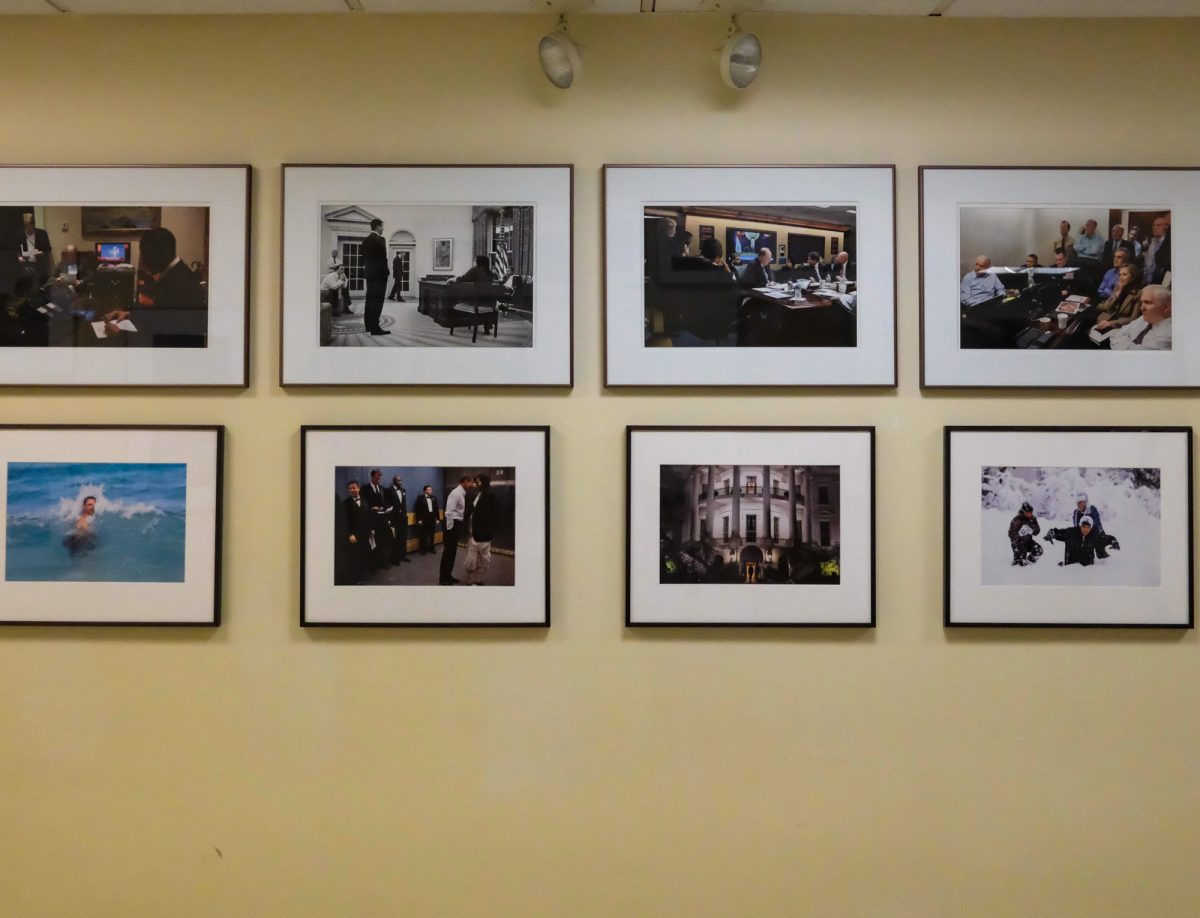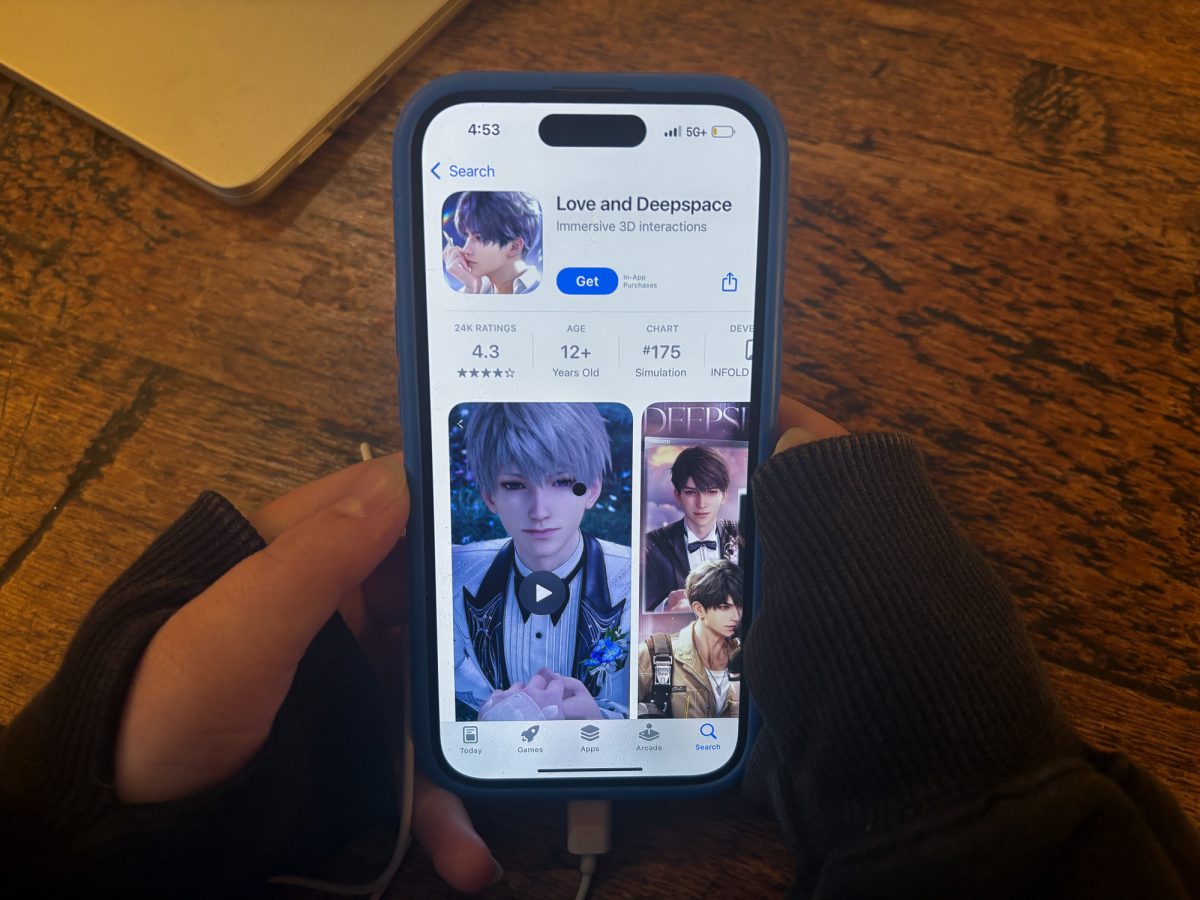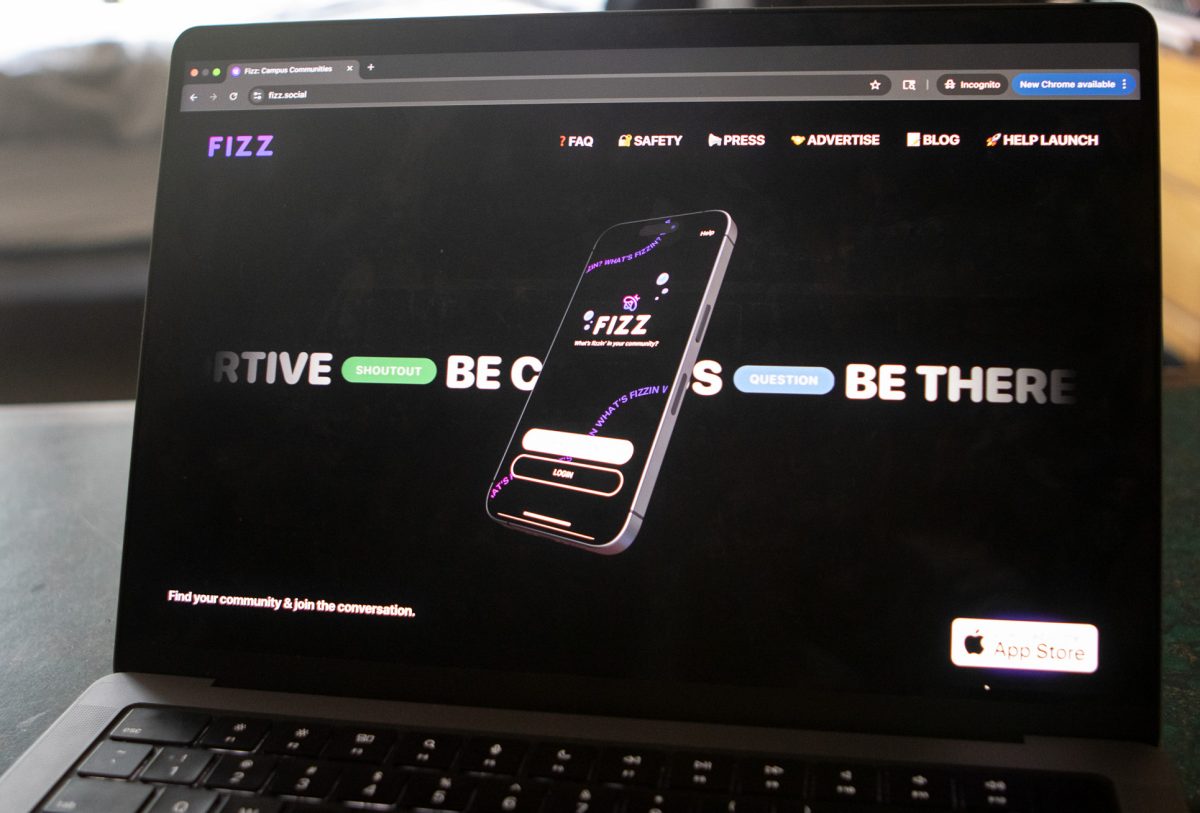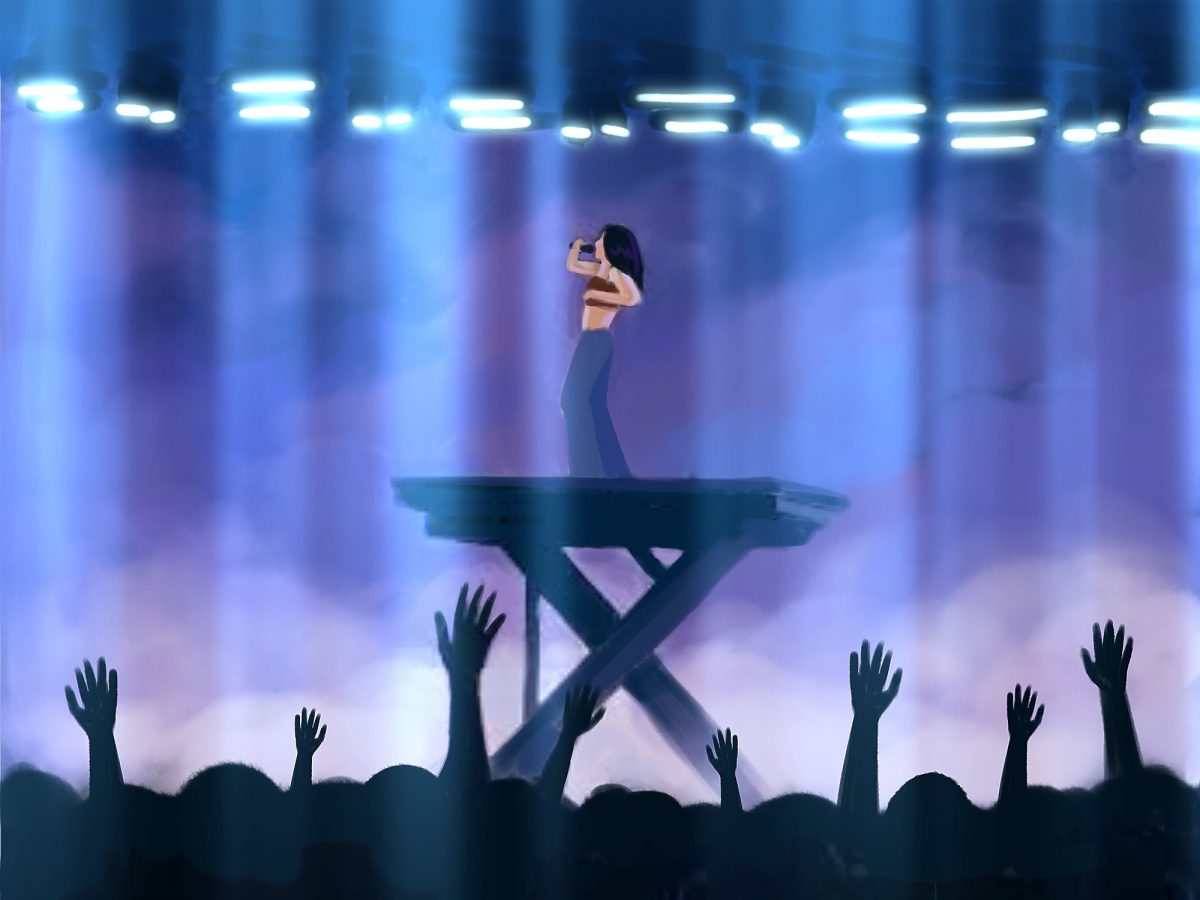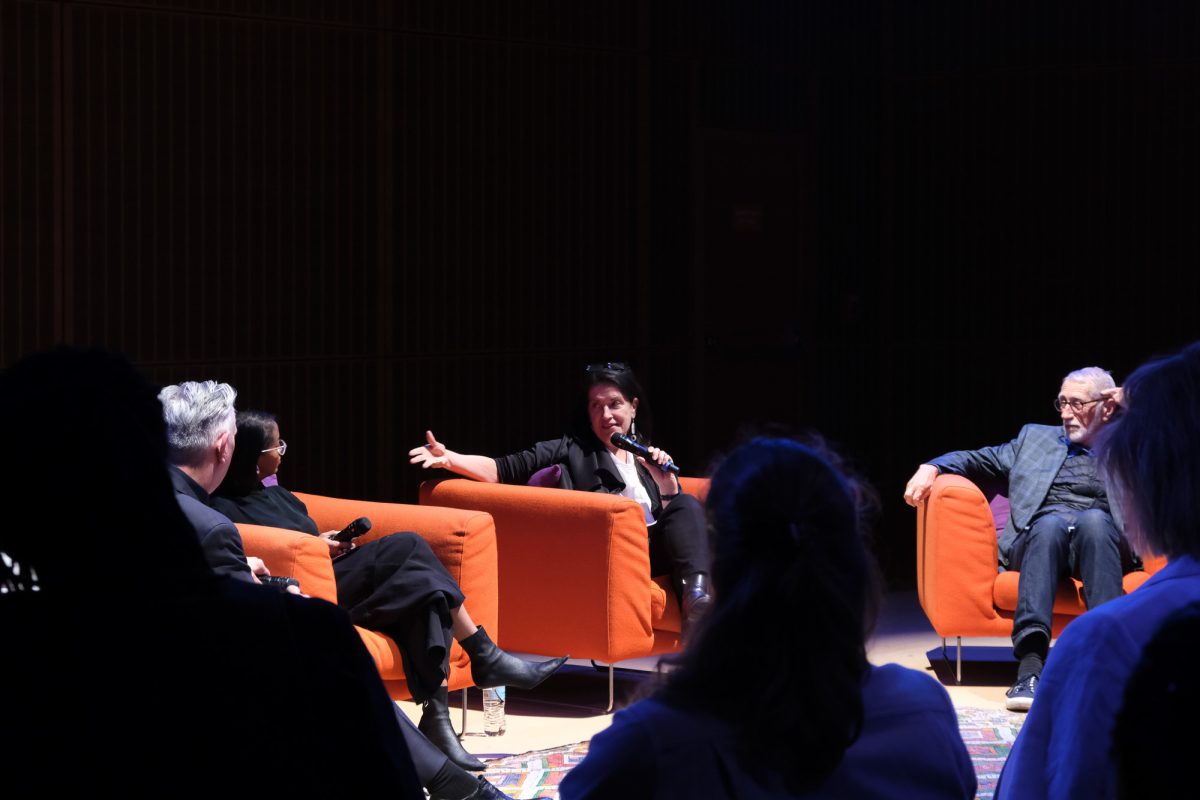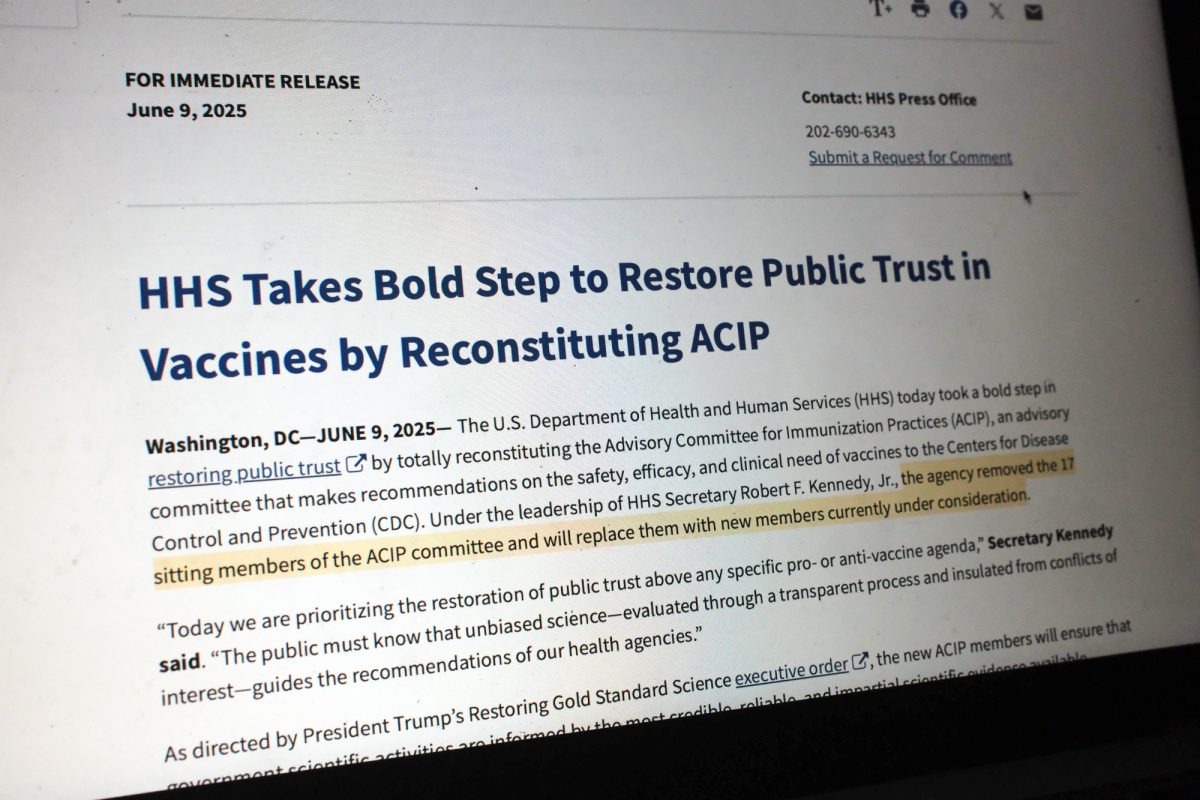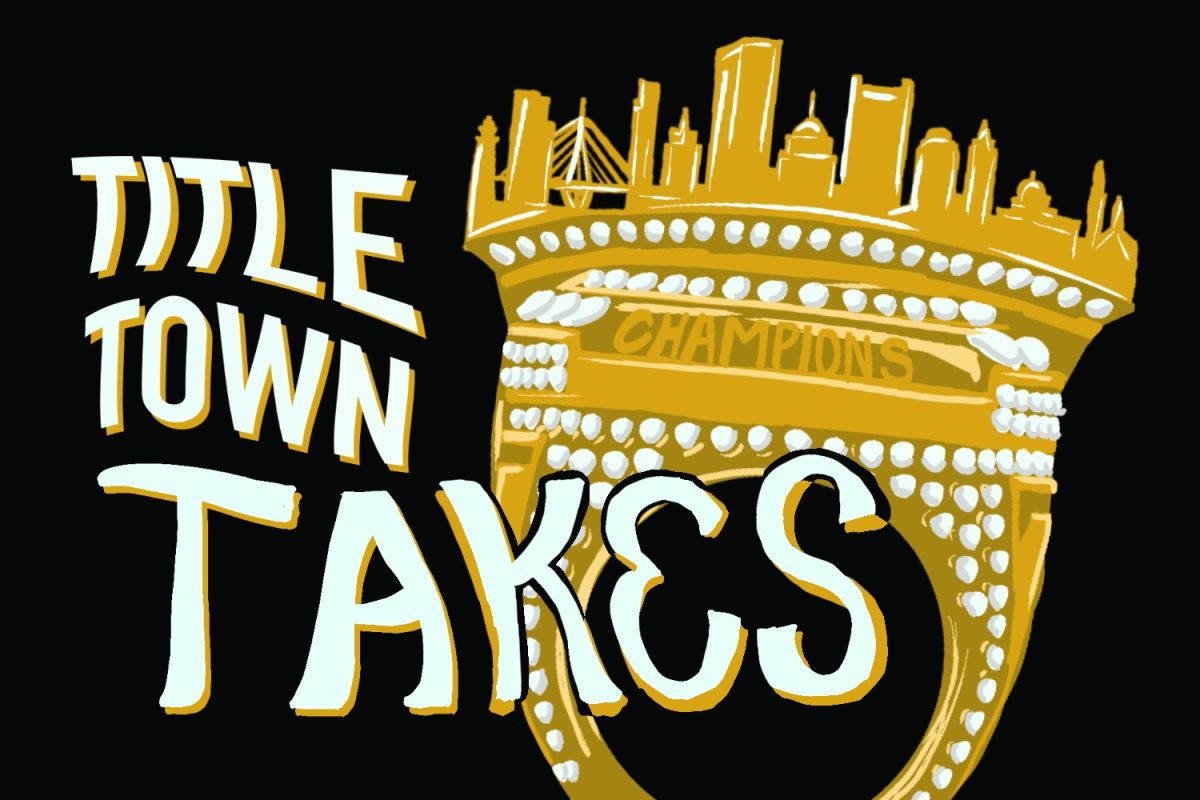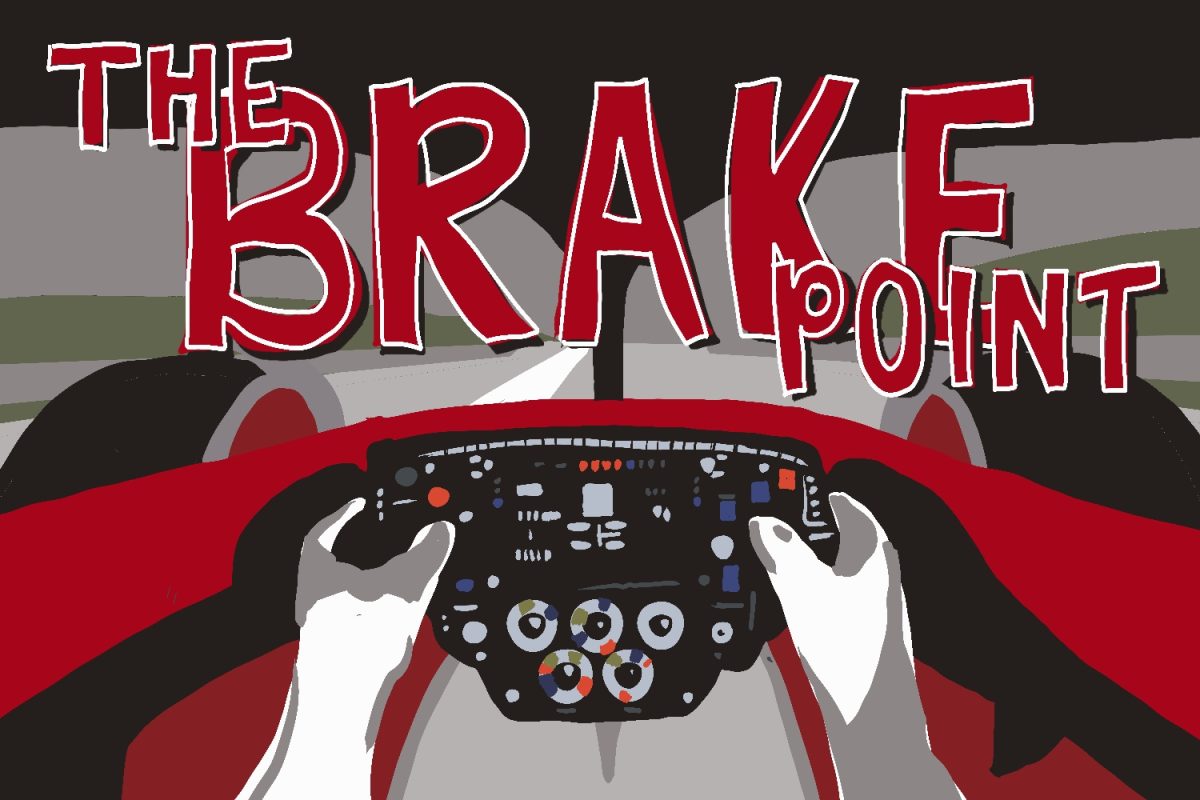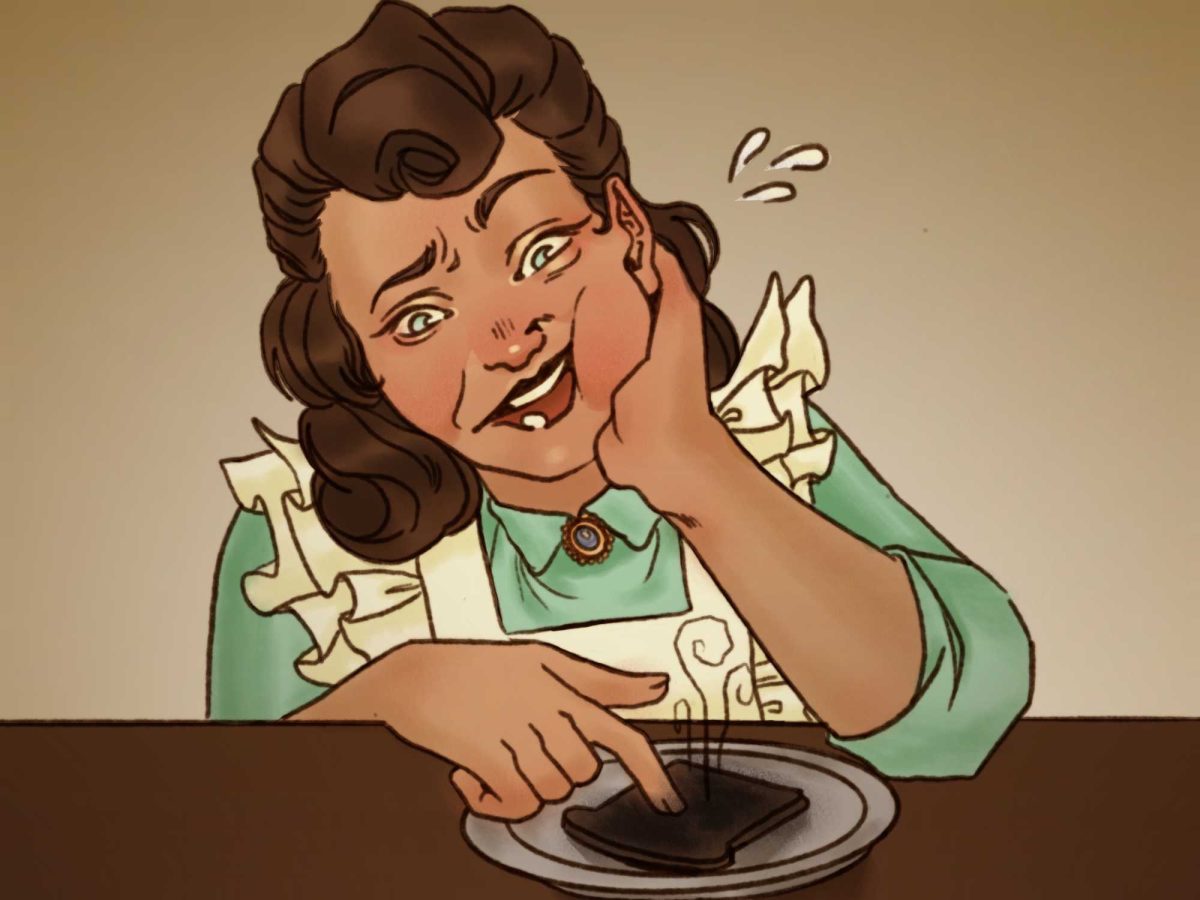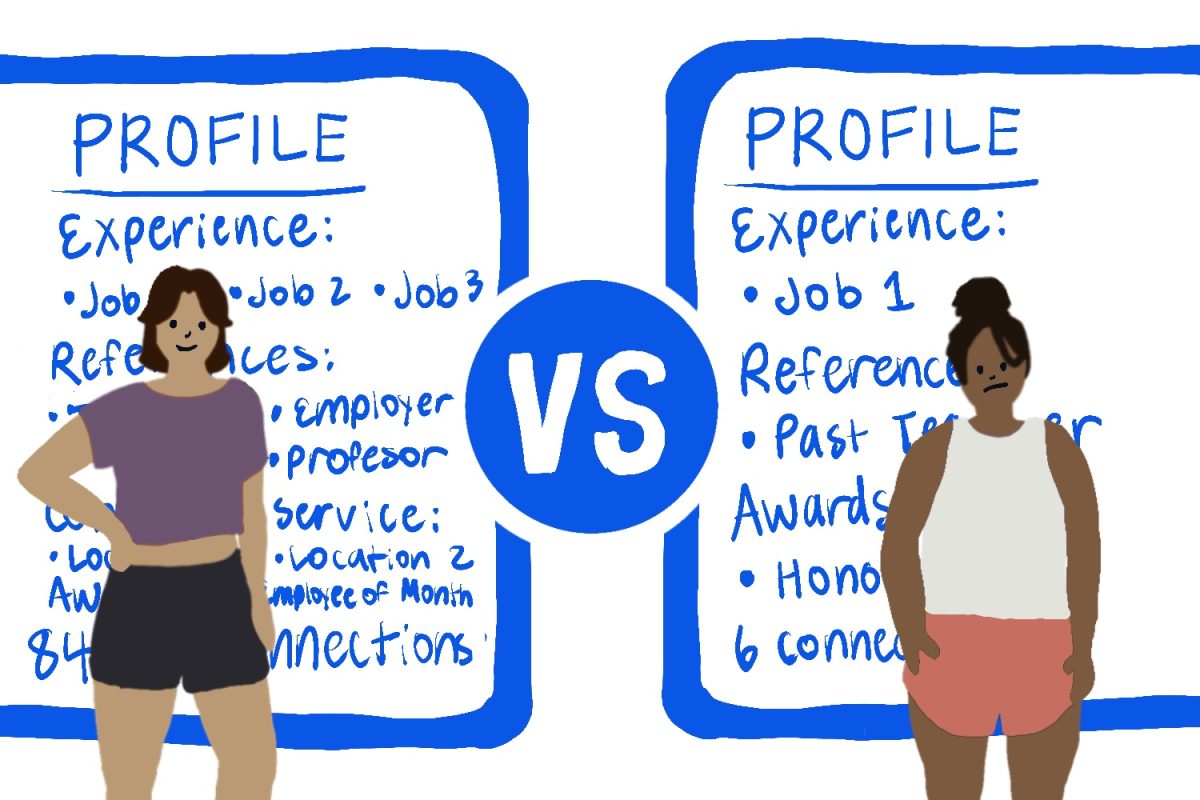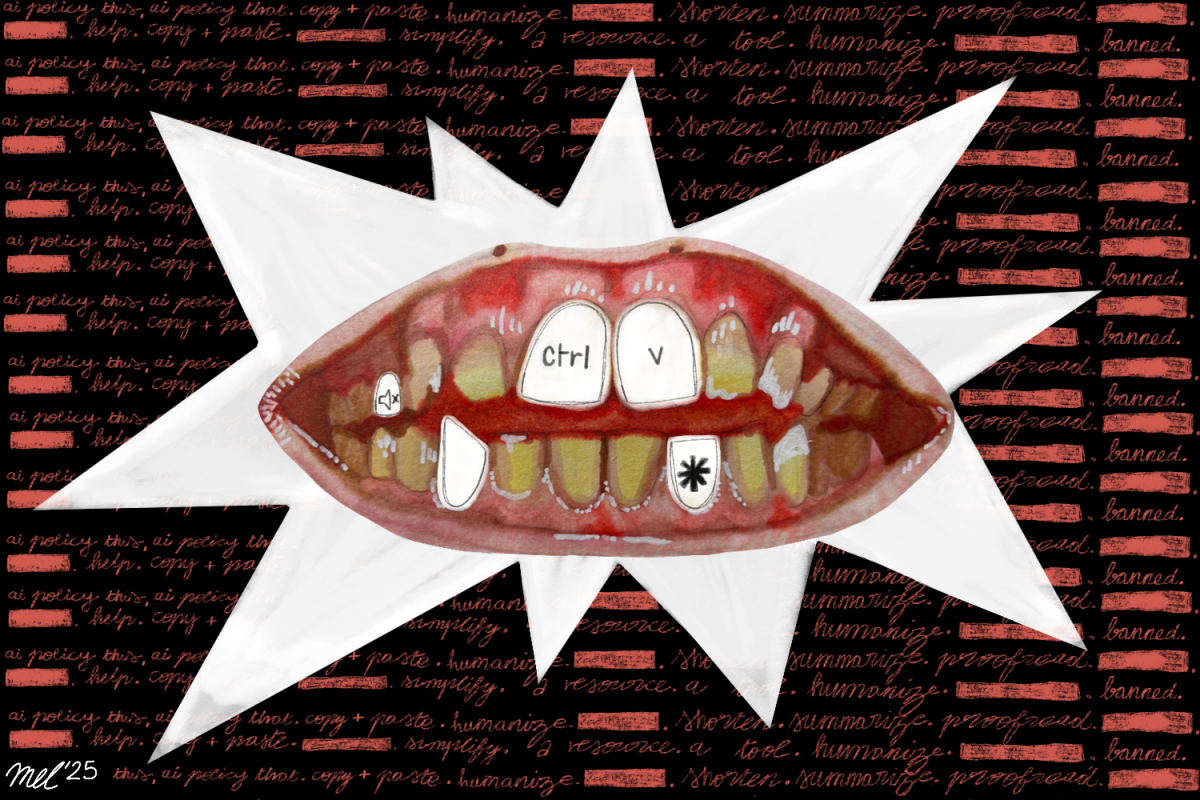The monolithic news and culture magazine, The New Yorker, celebrated its 90th anniversary on Feb. 16. Why do I know this? Because, incidentally, it was the first issue of the magazine I’ve ever read. As an avid media devourer, I feel slightly embarrassed to say that it took me 18 years to make the jump. Some of my earliest memories involve looking at New Yorker covers, laughing at the caricatured versions of former U.S. President George W. Bush while my parents flipped through the articles. Why did it take me so long to look inside, you ask? I had some more colorful reading material lined up.
I’ve been a magazine-cult disciple for longer than I’d like to admit. I converted somewhere around 6th grade: I picked up a Tiger Beat on a trip to the grocery store and never went back. These were the training bras of magazines, packed with G-rated Disney star gossip, pullout posters and quizzes you could take with your friends. As my collection grew, so did the collage of famous faces decorating my bedroom walls.
When I started to run out of free space, I graduated to stealing copies of the now-defunct Teen magazine from my older sister’s room. The thrill of petty theft aside, reading these issues was exciting because they clued me in to what being a “teen” would be like. It was a juicy glimpse into the future, and that future was all crushes and clear braces. I was ecstatic.
So thus began the ritual. After Teen, I moved on to Teen Vogue and Seventeen (which, as most readers will tell you, loses its appeal long before you actually turn 17). Then it was the two big ones: Glamour and Cosmopolitan. I was around 16 when I started buying them regularly, though their target audience is 20-something post-grads. I don’t know if I’ll cast aside my Cosmos when I reach a suitable age for them as I have with all the others. Only time will tell. But I do know that the effect this cycle has on readers like me is worth discussing.
On the one hand, lifestyle magazines are certainly informative. For all their cliché spreads on “talking to your crush,” my teen mags provided useful guidelines on everything from how to deal with gossip to how to eat healthy. These writers knew their audience and all of their burning questions. It takes a certain style to get through to teenage girls and, yes, that style involves cheesy quizzes. Additionally, lifestyle magazines often focus on the hard-hitting issues that affect their target audiences, such as eating disorders and date rape. Promoting awareness of these types of issues, especially to younger audiences, is invariably a good thing.
But now, the inevitable flip side. In this case, it has to do with the themes these magazines deal with. Where they are adept at understanding the problems and preferences of their audiences, they are equally good at creating them. If you are going to spend the majority of your adolescence/adulthood leaving a magazine paper trail in your wake, chances are, it will have some effect on your tastes and priorities. No one had to tell 10-year-old me that I liked Disney Channel. That fact was alarmingly self-evident. In fact, my first magazines were counting on it. They enticed me with my favorite stars, then instructed me that I should care about what they wore, did and said. Suddenly, I was supposed to worry about being the type of girl that Zac Efron would date. In hindsight, that was a long shot for a fifth grader, but we were all dreamers back then.
Unlike the ever-changing pictures adorning my bedroom, the major themes of female lifestyle magazines remain the same across age groups. To put it simply, they focus on fashion, beauty and our relationships with others (namely, romantic ones). Though these topics can be entertaining, they operate under the assumption that there are things we want (or should want) to change about ourselves.
Aside from its negative effect on self-esteem, the idea that we should be constantly trying to look and act “better” also takes a toll on our priorities. Think of how much time and energy we spend striving toward that unattainable goal we call perfection. It’s ingrained in us to prioritize that, and often times, we put it before our own passions. Of course, there is also the issue that the culture of lifestyle magazines is disproportionately geared toward women (and therein, at women with traditionally “feminine” interests), but that’s a column for another day.
I’m not proposing we all burn our Cosmos and swear off the glossy girl bibles forever. I still enjoy flipping through them, trying out new makeup looks and reading my horoscope. But the other day I read my first New Yorker, and they didn’t seem to care what I looked like.


